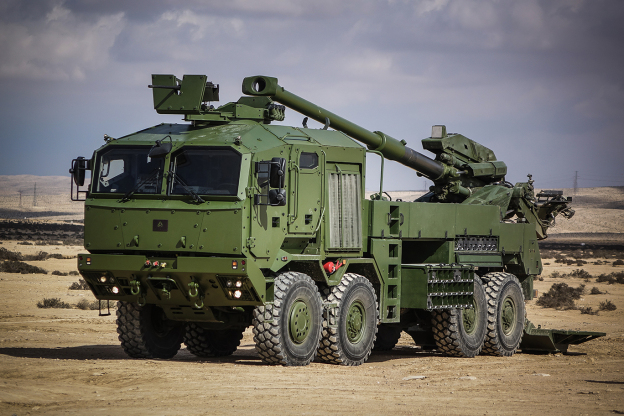Recently, photos emerged online showing underground shelters at Norway’s Bardufoss Air Force Base, captured during a Norwegian Air Force exercise. These images featured fifth-generation F-35A Lightning II fighter jets practicing in mountain-based shelters. Norway, a NATO member, has F-35 aircraft certified to carry tactical nuclear weapons, making these underground facilities highly secure against missile and drone attacks.
Since joining NATO, Norway and the Nordic region have experienced almost continuous military exercises, underscoring the ongoing militarization of Scandinavia amid escalating threats of potential Arctic conflicts.
Bardufoss, Norway’s oldest airbase, has a rich history dating back to World War II. Initially used by the Allies, it was later taken over by German forces who launched fighter, bomber, and reconnaissance missions from the base. Today, Bardufoss, located in Målselv Municipality, Troms og Finnmark county, is a strategic military airbase operated by the Royal Norwegian Air Force, critical due to its proximity to the Arctic.
The airbase features a single runway, 10/28, stretching 2,443 meters (8,015 feet), accommodating various military aircraft, including fighter jets, transport planes, and helicopters. Bardufoss supports a wide array of offensive and defensive operations.
The 139th Air Wing, stationed at Bardufoss, includes the 337 Squadron with NH90 helicopters and the 339 Squadron operating Bell 412 helicopters. These units are vital for search and rescue missions, anti-submarine warfare, and troop transport. Additionally, the base hosts a detachment from the Norwegian Army’s Aviation Battalion, using Bell 412 helicopters for reconnaissance and medical evacuation, enhancing the base's operational capabilities.
Equipped with advanced radar and communication systems, Bardufoss ensures robust surveillance and coordination, essential for monitoring airspace and supporting NATO operations. Norway is a key NATO member, and these capabilities reinforce the alliance's northern defense posture.
The rising tensions near Russia’s northern borders have prompted NATO to conduct exercises in the region, reflecting concerns over the perceived threat from Russia. Norway has ordered 52 F-35A Lightning II aircraft from Lockheed Martin to modernize its air force, replacing its aging F-16 fleet. The F-35A, a fifth-generation multirole fighter, features advanced avionics, including the AN/APG-81 AESA radar, Distributed Aperture System (DAS), and Electro-Optical Targeting System (EOTS), providing superior situational awareness and targeting capabilities.
The F-35A is powered by a single Pratt & Whitney F135-PW-100 turbofan engine, delivering maximum thrust of approximately 43,000 pounds with an afterburner, enabling speeds up to Mach 1.6. The aircraft's internal weapons bay can house up to four air-to-air missiles or two air-to-ground munitions and two air-to-air missiles, with external hardpoints for additional ordnance. Typical armaments include AIM-120 AMRAAM, AIM-9X Sidewinder missiles, and precision-guided bombs like the GBU-31 JDAM.
In the context of recent tensions, the deployment of F-35A fighters in Norway's underground shelters at Bardufoss Air Force Base demonstrates NATO's strategic defensive measures. The increased militarization of Scandinavia and the Arctic region highlights the ongoing preparation against potential UAV and missile threats, reinforcing the region's defense infrastructure.




:quality(70)/cloudfront-us-east-1.images.arcpublishing.com/archetype/RD27T4ZMX5EGJFZXTDK3XNL4AY.jpg)
:quality(70)/cloudfront-us-east-1.images.arcpublishing.com/archetype/ZIDZWGSKMRFBJM5X2IEVVU2FDU.jpg)

